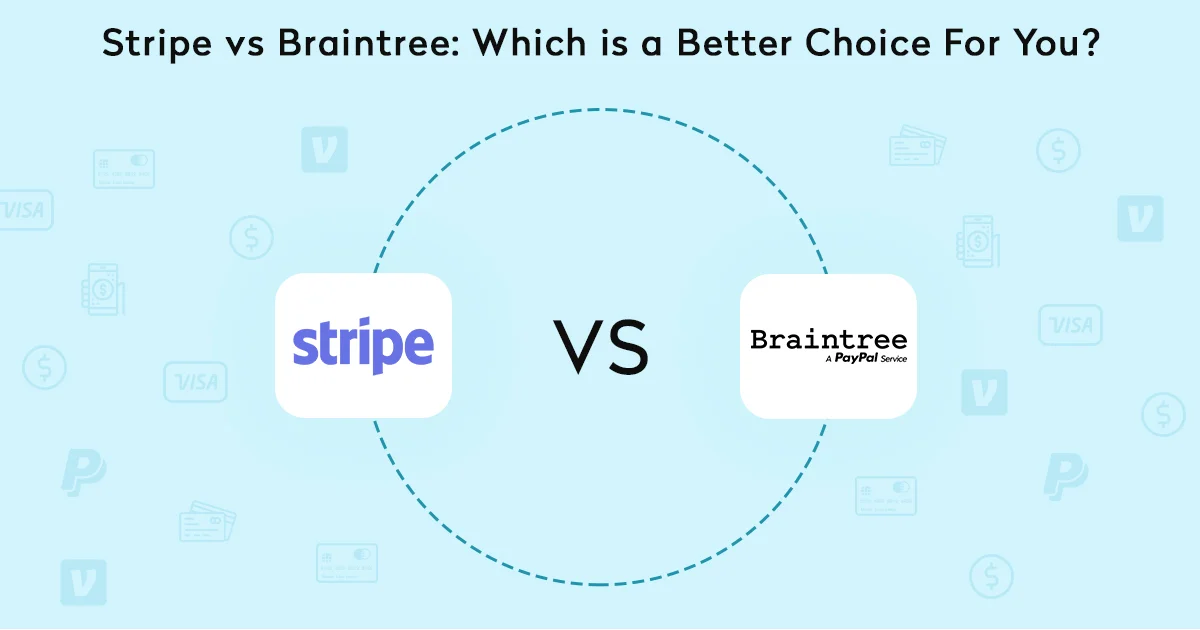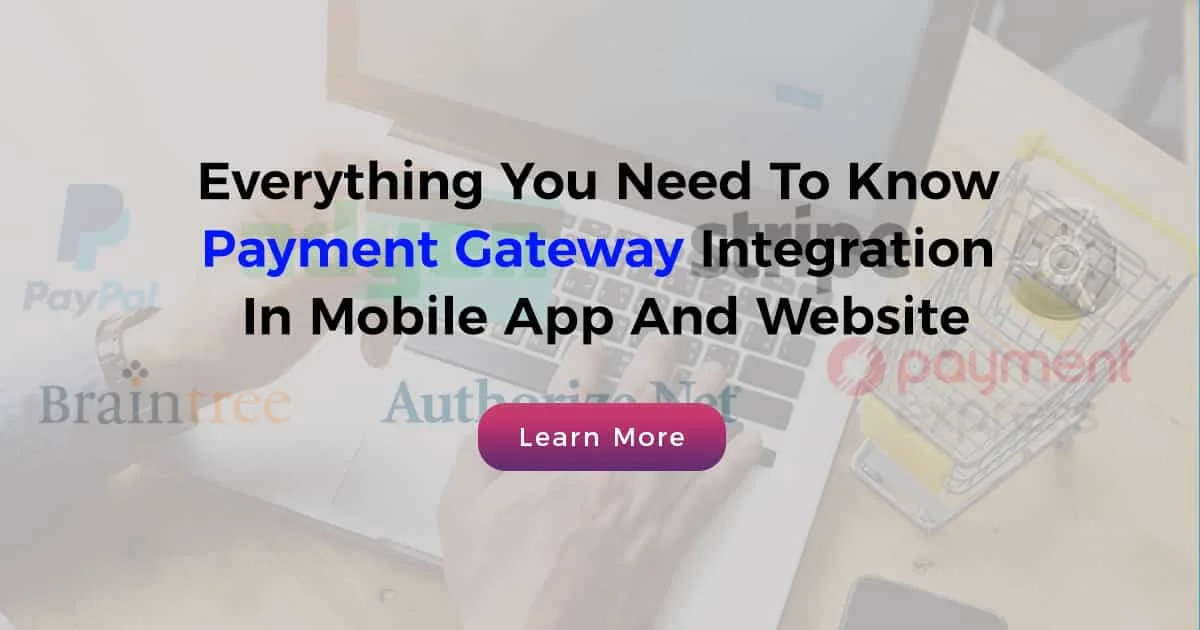I personally believe that the introduction of new technology solutions along with Best Mobile Payment Apps are transforming the commerce market, myriads of businesses willing to enter into new markets are still facing certain hurdles. In most of the cases, the hurdles are cultural rather than finance or regulatory. In addition, the varying need for payment processing according to the different culture of different countries is one of the major difficulties encountered in business expansion
Germany market could be a great example here. In Germany the payments landscape is split, with each of bank transfers, direct debits, and offline payment methods like installment, paying by invoice, or cash-on-delivery and this is significantly affecting the market share.
In most of the cases, businesses fail to provide suitable payment alternatives to the consumers, which result in checkout abandonment, and the cost of abandonment is considerably high. Thereby it has become almost necessary for businesses to be flexible to the payments landscape in each market they aim to trade.
Previously, multiple payment options were absent across financial systems. However, with the rising demand for more options, there has been a surge in banks and other financial businesses investing in banking app development to integrate multi-payment options. Google wallet, Near Field Communication Apps is one such effective technology contributing to the advancement of payment approaches.
As of now you are well aquatinted with the importance of integrating different payment methods with your business functionality. It’s time to explore which are the most effective payment approaches trending in the market.
Top 10 Trending Mobile Payment Apps of 2025
1. Apple Pay
iPhones are one of the most popular devices worldwide, and Apple Pay works on it. This makes Apple Pay one of the most used mobile payment apps. It offers a peer-to-peer (P2P) payment facility available only in the United States.
To use the Apple Pay app on iOS devices, you will need a FaceID or a passcode. The Apple ecosystem kicks in here, offering users the convenience of getting a passcode on their Apple Watch. It is important to note that Apple Pay is only available on iOS devices.
A user must send an Apple message to make P2P payments on the app. For authentication, the message verifies the recipient’s phone number or email address. The app also offers a buy, pay later service where users can get pre-approved credit.
Key Features of Apple Pay
Apple Pay is best suited for users who frequently make digital payments and prefer to pay online rather than in cash
2. Google Pay
Google Pay is the answer to Apple Pay for Android users. It is one of the most used mobile payment apps worldwide. Google Play is a digital payment app for Android users that allows them to make contactless payments online and in stores, receive money from friends, and more.
Google Pay is an example of a successful digital wallet that lets customers make secure payments with the app. Understanding the core technology behind systems like this is key to learning how to create a digital wallet. Its best feature is its seamless integration into other Google services, like Gmail and Google Maps.
Key Features of Google Play
Google Pay best suits Android users who split bills, pay friends, or receive money online on their smartphones. It is also best for users who need one-tap installment payments at merchant stores, and it has features to manage loyalty programs within the app.
3. PayPal
PayPal is a payment gateway integration service and one of the most popular mobile payment apps. Also known as one of the largest online payment processors, PayPal was operational before the digital wallet. The best part about using PayPal is its cross-platform compatibility.
You can easily use PayPal on iOS and Android without any restrictions. It offers seamless and secure transactions across platforms. PayPal’s business side is also an added advantage, where not just normal users but companies can send and receive money. It also offers person-to-person payments with features for retail payments from the app. These involve capabilities that mainly align with the growing demand for neobank app development, which has robust payment functionality and enhanced security.
Key Features of PayPal
PayPal is best suited for freelancers, online shoppers, and small business owners who need a reliable mobile payment app.
See Also: How to Build a Fintech App?
4. Venmo
Venmo is another popular payment app that offers peer-to-peer payment facilities. Founded in 2009, Venmo has evolved into a platform where users can split bills, share expenditures, and enjoy rewards earned through shopping. You can connect bank accounts with the Venmo app to make seamless transactions.
A unique aspect of Venmo is the social feed, which allows users to chat with others on the app. However, you can control whether your transaction is displayed within the app or hidden for other users.
Key Features of Venmo
Venmo is best suited for users who need a mobile payment app with social sharing capabilities and chat functions to interact with others.
5. Samsung Pay
If you are into the Samsung device ecosystem, Samsung Pay is an ideal payment app. It is operational in several countries but is available only on Samsung devices. You can call Samsung Pay the “Samsung Version” of Google Pay. Users can use their mobile numbers to set up their Samsung Pay account.
Samsung Pay does not support P2P money transfers, unlike Google Pay in specific regions. However, it does allow users to make online purchases and supports the addition of digital credentials to the app. The Samsung Wallet can handle credentials like airline boarding passes and other purchase details.
A key aspect of Samsung Pay that differentiates it from other mobile payment apps is its support for Magnetic Secure Transmission (MST) technology. This tech allows users to make purchases at standard magnetic stripe card terminals. Though it is a conventional approach compared to the latest NFC-based payments, many merchants across the US still use it.
Key Features of Samsung Pay
Samsung Pay is best suited for users who have Samsung devices, as it works flawlessly on them.
6. Zelle
Zelle is one of the most used payment apps in the world. It allows users to integrate major banks in the United States directly into the app, allowing them to receive or send money more quickly than many other popular payment apps.
You don’t need a separate account or app to use Zele. It works even with existing banking apps or websites, making it one of the best mobile payment apps to integrate into banking websites.
Key Features of Zelle
Zelle is best suited for users looking to make free money transfers from their banking app or website.
See Also: How to Make an App Like Venmo and Zelle
7. Cash App
Cash App is one of the best payment apps that offers many different options for users to send or receive money. For example, you can send or receive money through cash tags, phone numbers, or QR codes. Another significant differentiation of Cash App is its support for cryptocurrencies. Users can buy, sell, withdraw Bitcoin on the app, and trade stocks.
Key Features of Cash App
Cash App is best suited for users looking to make payments and invest in stocks using Bitcoin.
8. Stripe
Stripe is a leading payment gateway for internet businesses and payment services. It is more than just a payment app. Stripe also accepts payments from various methods, such as credit cards, debit cards, and apps like Apple Pay.
What makes Stripe different is the developer-friendly approach. It comes with rich documentation and APIs that make the integration smoother. It is an excellent option for small businesses and freelancers who want to receive payments online.
Key Features of Stripe
Stripe is best suited for freelancers and businesses that want invoicing built into their payment app.
9. Square
Square was the first to introduce a mobile card reader in 2009. This technology lets merchants accept payments from their smartphones, improving mobility. Square offers small businesses practical payment options for their day-to-day operations.
It combines in-person and online payment processing within mobile, retail, and online platforms. Square has mobile POS, card readers, retail POS with checkout registers and online store payment facilities.
Key Features of Square
Square is best suited for small businesses and merchants who want more mobility when accepting payments.
10. Wise
Wise is one of the most popular payment apps, especially for cross-border transactions. It is designed to simplify and streamline international payment transfers. Wise has also expanded its offerings across digital payment solutions.
For example, Wise eWallet is offering virtual cards that users can use for online transactions. It comes with added security and convenience for users, along with real-time alerts on currency exchange rates.
Key Features of Wise
Wise is best suited for freelancers and businesses that need a mobile payment app to receive international payments.
SEE ALSO: How To Start a Fintech Company
Conclusion
You need to keep up with the trends if you want to attract new customers. This is the era of digital payment along with mobile payment apps and your customers are looking for hassle-free processes. Thus, adopting the latest Payment methods is the best way to allow your customers to pay for your products and services.
If you are planning to add new payment method in your website or mobile app then select your development partner wisely. Always work with an experienced development team.

Article By
Paresh Sagar is the CEO of Excellent Webworld. He firmly believes in using technology to solve challenges. His dedication and attention to detail make him an expert in helping startups in different industries digitalize their businesses globally.



